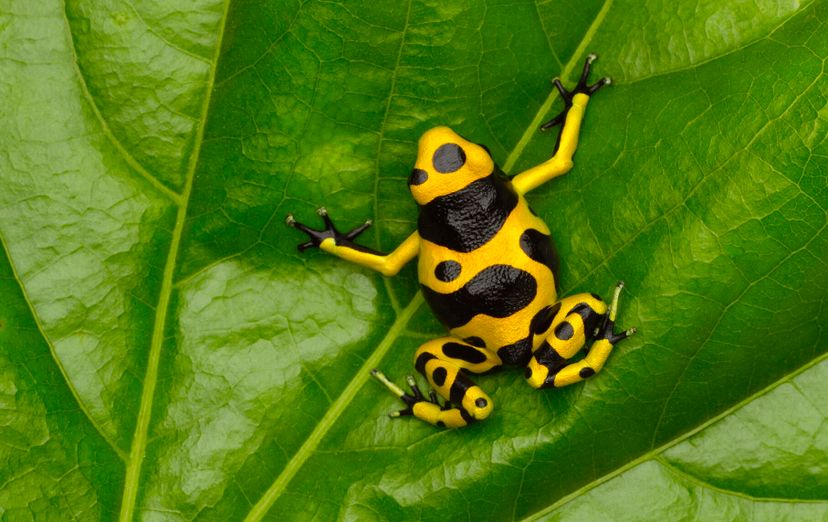
Some animals are adorable and there’s nothing you’d rather do more than pick them up and give them a quick cuddle. But other animals can be downright dangerous if you get too close. Wild animals are wild after all. Here we’re taking a closer look at these menacing creatures, how they kill, and where you can expect to find them. Whether you love adrenaline and are planning a trip to seek them out or you’d rather stay far far away, here are the 14 most dangerous animals in the world.
Advertisement
Leopard
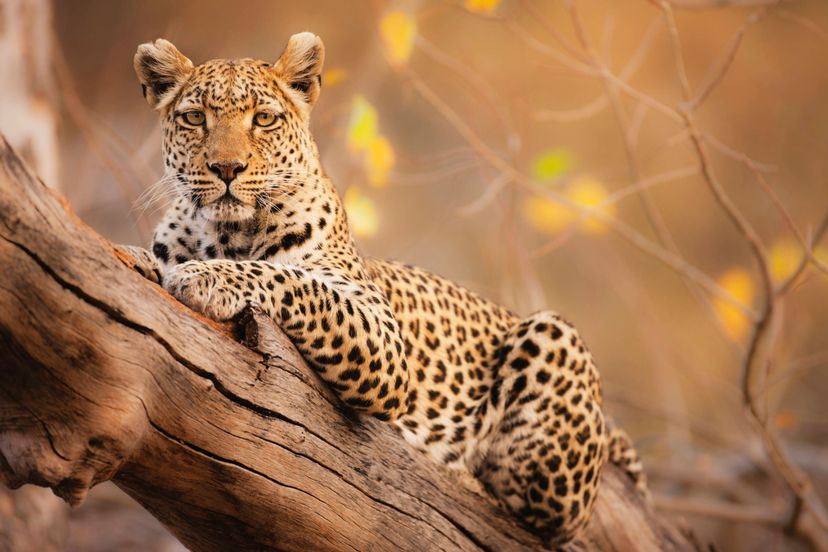
Leopards are not only dangerous and sleek, but they’re brave and tough. Unlike most animals that run away and hide when they are wounded, leopards actually become more aggressive and therefore more dangerous. They are fast, vicious, and have been known to attack humans for nothing more than a midnight snack. Although they may not look like it, leopards are extremely strong, obvious by their ability to drag their often heavy prey up into a tree to hide it, so don’t count on anyone finding you if you happen to be attacked by one of these incredible creatures. The big cats are found through most of Africa and Asia and live in a variety of landscapes.
African Buffalo
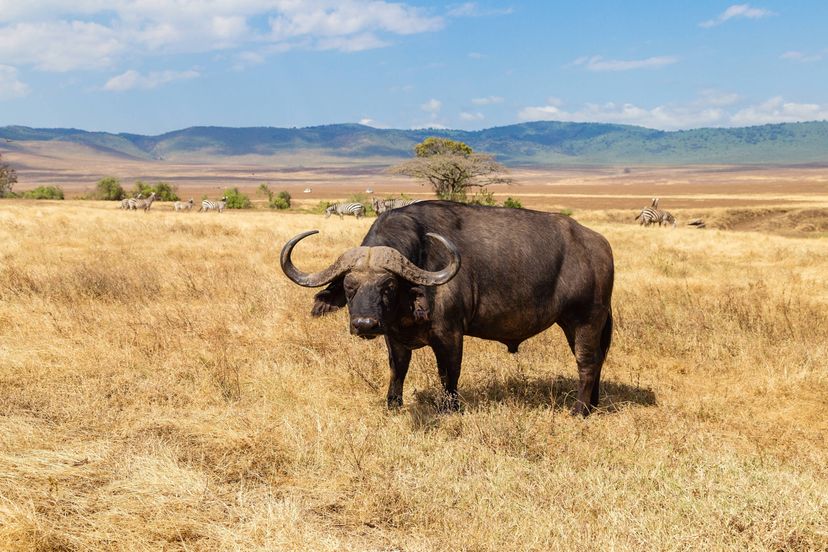
The facts speak for themselves, these massive animals kill over 200 people a year and are particularly dangerous for hunters, who hunt them as part of the “big five” ultimate trophy. The African buffalo has never been domesticated and is definitely not an ancestor of domestic cattle, which makes its unpredictable nature a little more explainable. They often form large herds, giving them the advantage of safety in numbers, and are known to intervene to protect fellow members when under attack. These powerful creatures really only have two predators: humans and lions. You can find African buffalo in parks across sub-Saharan Africa, including the Serengeti and Kilimanjaro national parks in Tanzania, the Masai Mara Game Reserve in Kenya, and the Kruger National Park in South Africa.
Fat-Tailed Scorpion
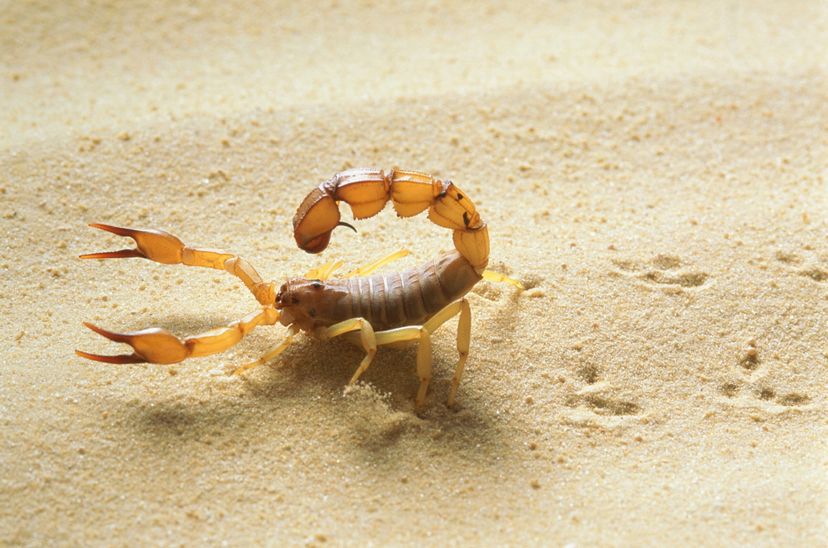
These “man-killers” are actually responsible for several human deaths a year – an impressive feat considering their size. This scorpion gets its name from its ultra-large tail that delivers a powerful and painful sting that injects its prey with deadly venom. Although these scorpions don’t seek out humans as prey, they do unfortunately tend to co- with humans, hiding in the cracks of walls made of stone or brick. This means that humans frequently come in contact with these predatory arachnids all across the world including in Asia, North Africa, India, Saudi Arabia, and Yemen. Small, deadly, and hidden right under your feet makes this creature one of the most dangerous animals in the world.
Komodo Dragon
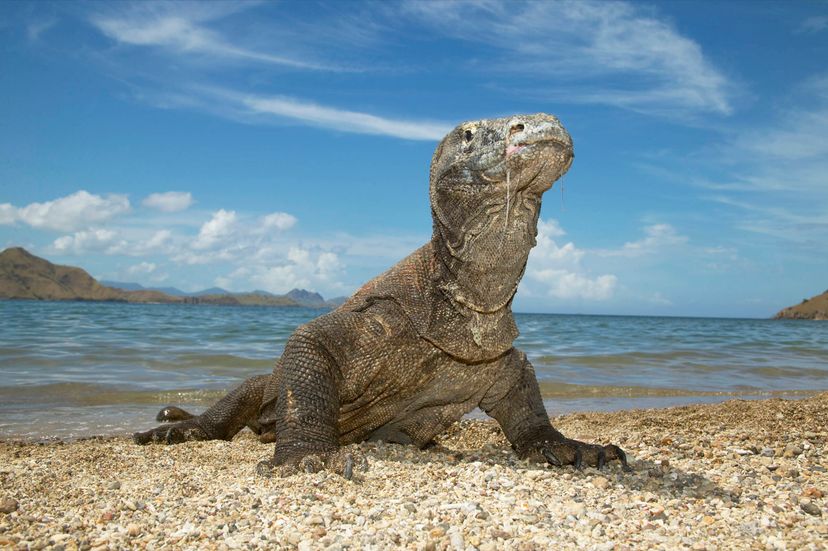
That these animals actually have the word “dragon” in their name should be enough to ward anyone off. This creature will also eat absolutely anything, making it a deadly combination. Experts say that in the wild they would not hesitate to kill and consume a human. Their bite contains a strain of bacteria that is highly harmful to both animals and humans and they’re prodigious hunters that have the patience to wait until their prey gets too close. At this point, the Komodo dragon charges, rips their throat out, or delivers another fatal bite, and retreats while the prey bleeds out. The number of human attacks and deaths is low, perhaps due in part to the fact that they only need to eat once a month and their contact with humans is limited. They can be found in the wild on the islands of Gili Motang, Gili Dasami, Rinca, Komodo, and Flores.
Advertisement
Poison Dart Frog
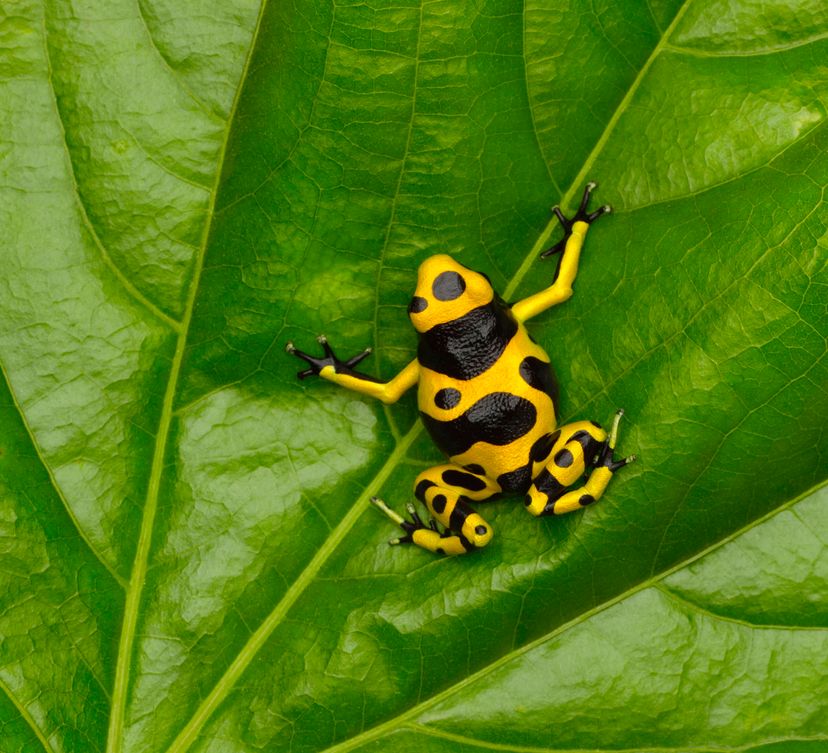
This frog is one of the most deadly species to humans, though they are quite pretty given how tiny and brightly colored they are. Ranging from less than an inch to two inches in length, they can deliver enough poison to take down several small animals or a human. The beautiful colors of the frog play an important part in their survival as they let natural predators know that they are toxic. Interestingly, these are only poisonous in the wild. Once they are held in captivity, they are no longer a threat. Scientists believe that these frogs gain their poison from a specific arthropod and other insects that they eat in the wild. The poison dart frog is found in the rainforests of Central and South America, while the most dangerous of them all, the golden poison arrow frog, resides in Colombia.
Blue-Ringed Octopus
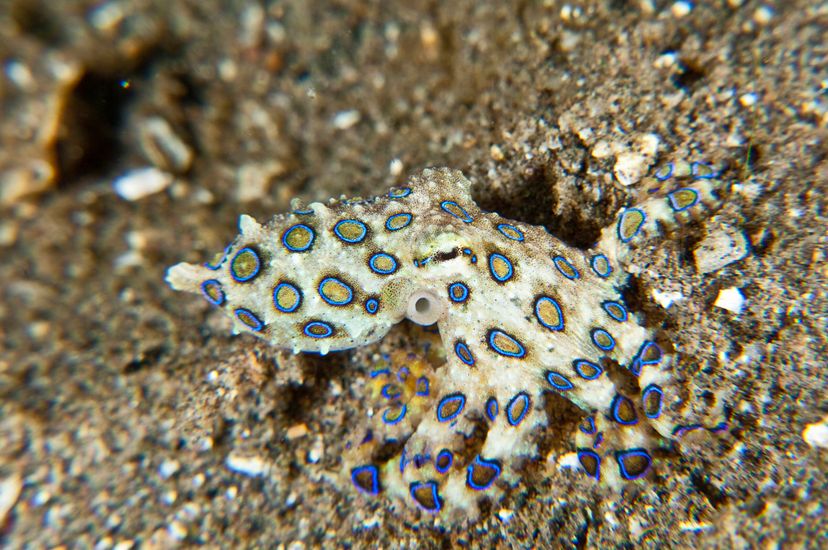
Small and mighty, this sea creature is only the size of a golf ball. But don’t let that lull you into thinking this octopus is anything less than dangerous. It holds enough venom to actually kill twenty-six full-grown adults and if you think there is an anecdote; you’re kidding yourself. If one of these bites you, it takes just mere minutes before paralysis sets in and you’re unable to breathe. Your best bet to survive on these bites is to be close to someone who knows CPR as the venom will eventually be neutralized from your body, as long as someone keeps up CPR the entire time. These nasty creatures are found mainly in tidal pools and on reefs in the Pacific and Indian Oceans, from Australia to Japan, mostly hovering around South Australia and North Western Australia.
Polar Bear
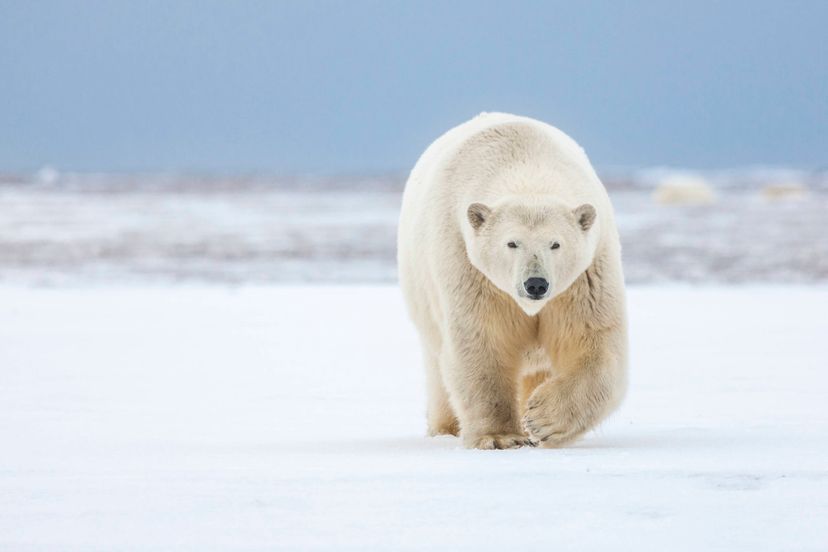
They may look cute and fluffy, especially when they are babies and you see videos of them rolling around in the snow, but don’t be fooled. Polar bears are in fact, vicious predators and natural-born hunters. Features, including webbed toes for easy walking on ice, excellent camouflage, non-retractable claws, and huge forepaws that work as paddles when swimming, help them in this regard. Their prey consists mostly of seals, although these carnivores will eat just about anything, including humans. They have no natural predators above them on the food chain and seemingly aren’t afraid of anything or anyone which only makes them more dangerous. Polar bears are found throughout the Arctic, from Canada to Norway and in some parts of the US. If you want to see these creatures in action make sure to join a guided trip where you can stay a safe distance away.
Elephant
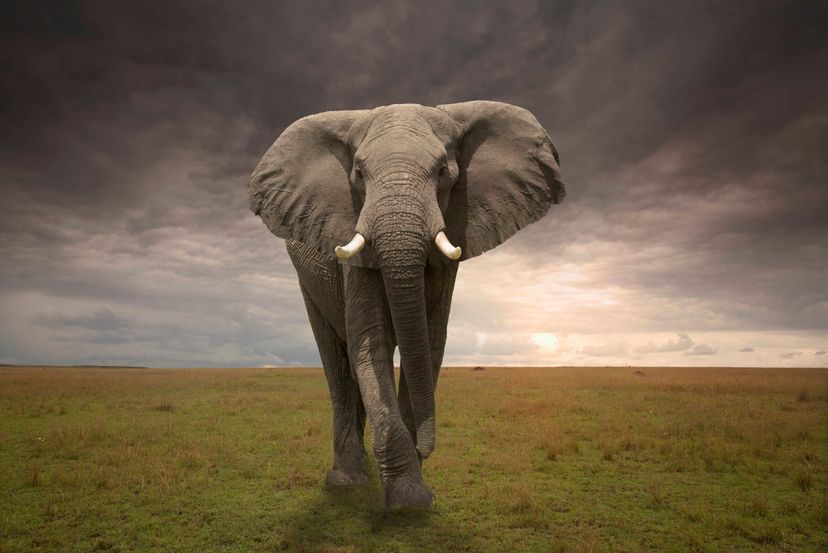
African elephants are the largest land mammal on earth and with their oversized ears, expression-filled trunks, and gracefulness; it seems crazy to imagine that they’re dangerous. But the truth is these gigantic animals can be extremely aggressive and have been known to run right over a rhino in their path. Elephants have also been known to attack and ravage entire villages. There is a lot of debate surrounding elephants and their temperament, as many experts believe their aggressive behavior stems from years of severe trauma including culling and poaching by humans. There are a number of places where you can see these giant animals including 37 Sub-Saharan countries including Botswana, The Democratic Republic of Congo, Kenya, and Zambia. Asian elephants, on the other hand, are found in Cambodia, Vietnam, India, Sri Lanka, and Thailand.
Box Jellyfish
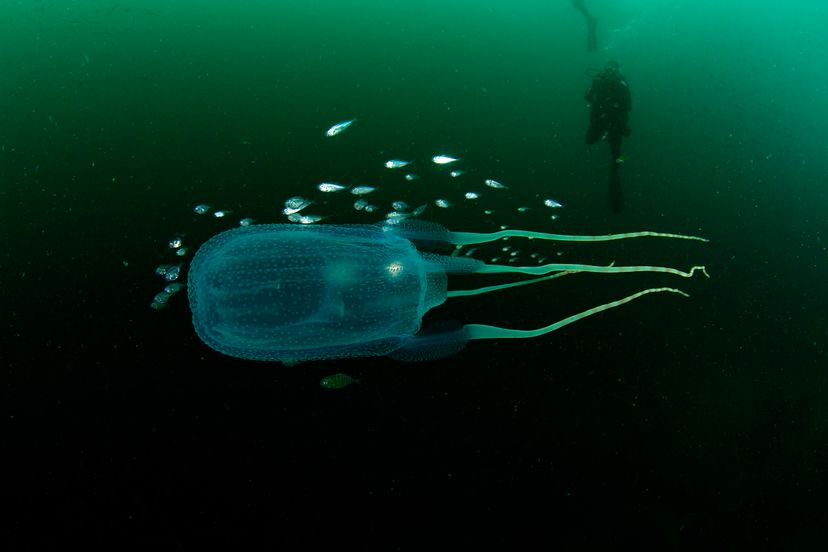
It has rightfully earned its title as the most venomous creature in the ocean and it kills more people each year than sharks, crocodiles, and stonefish combined. These creatures possess a number of tentacles that can reach up to three meters in length – perfect for swatting any human or animals in their path. The tentacles are actually adorned with mini darts that are capable of inducing extreme pain and sometimes even immediate death. Each one of these jellyfish is thought to have enough venom in it to kill 60 adult humans. These dangerous animals live primarily in coastal waters off Northern Australia and throughout the Indo-Pacific.
Advertisement
Saltwater Crocodile
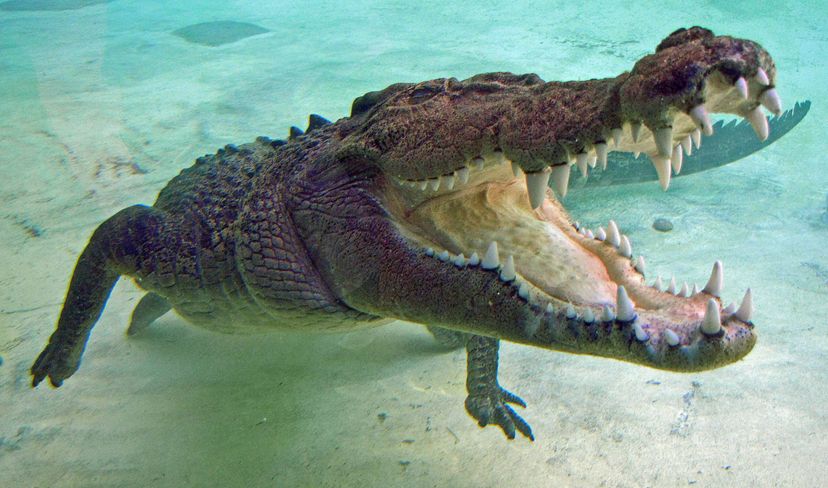
This animal sits at the very top of the food chain, partly because it eats just about anything and partly because it’s incredibly fierce. They weigh a minimum of about 2,200 pounds, grow to a startling 6 meters in length, and have been known to devour anything from a water buffalo to a shark. These incredible creatures are known for the infamous “death roll”, a technique where it continuously flips its prey over in the water until it drowns, making it one of the most dangerous animals in the world. Luckily there are strict policies in place when it comes to swimming with these crocs and more often than not it is the humans that are attacking them, not the other way around. These animals are widespread and can be found inhabiting coastal waters from Sri Lanka and the east coast of India through Southeast Asia and northern Australia.
Lion
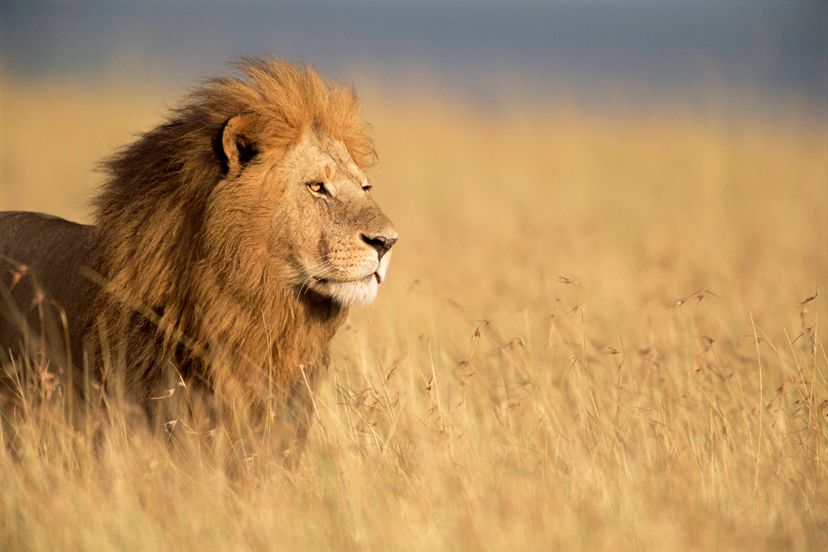
Lions are the biggest cats on the continent of Africa and commonly weigh between 120-140 kilograms, feature super-sharp retractable claws, and an impressive mouth full of jagged teeth. Although lions have been known to attack and kill humans, we aren’t their main prey. Targeting humans seems to be a technique that lions use only when they are injured or starving and unable to attack their normal prey. However, these animals are dangerous whether they are hunting alone or in a pack. These majestic animals can be found in many African game parks including the Masai Mara and Kruger National Park. Seeing these animals in person is beyond magnificent, just make sure to listen to your guide at all times and stay in the vehicle!
Black Mamba
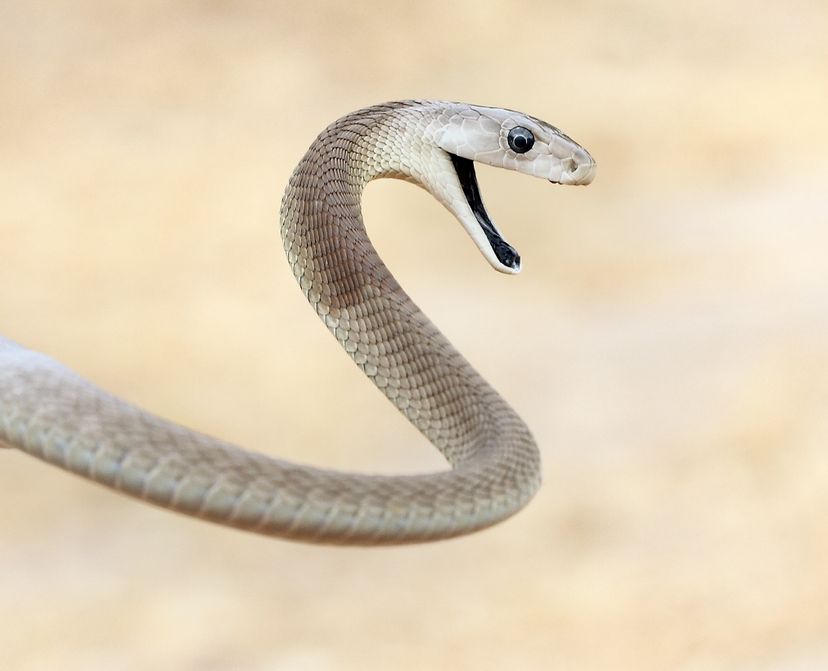
This snake is one of the most feared creatures in the world and in its African home there are many myths and legends that surround it. It’s the fastest land snake in the world, the longest venomous snake in Africa, and the second-longest in the world. These sleek yet skittish creatures get highly aggressive when threatened, although they don’t allow enemies to get very close. When attacking these vicious animals strike repeatedly, injecting large amounts of potent neuro- and cardiotoxin each time their fangs pierce the skin. Death comes within 20 minutes of the first bite and up until the anti-venom was invented, an encounter with one of these was guaranteed to be fatal. Unfortunately, the antivenin is not available in many areas and the death toll continues to rise from these dangerous animals. They can be found on the savannah and in the rocky hills of Southern and Eastern Africa.
Hippo
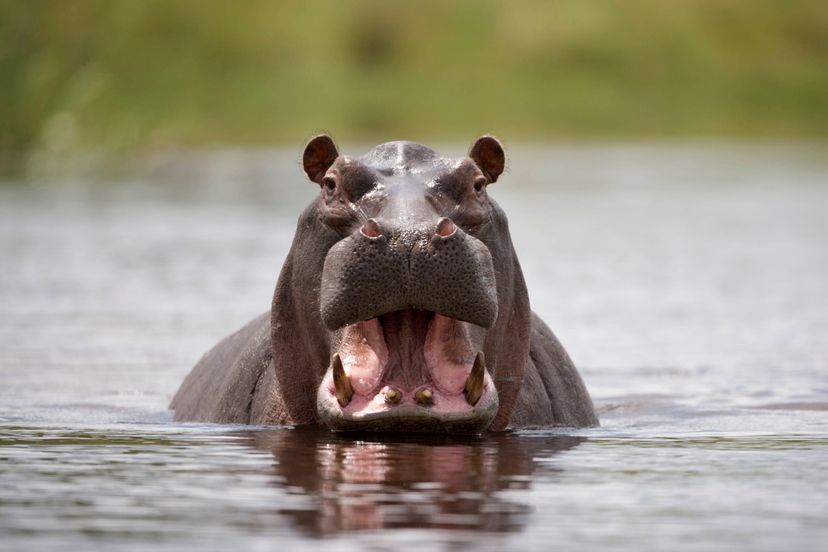
The Greeks named these enormous animals “River Horses” but graceful swimming is about the only thing in common they have with horses. They conceal themselves mostly underwater with just their protruding nostrils and eyes visible above water. These seemingly placid water giants are downright dangerous though. They have been known to attack more humans than any other African animal and many times, without warning or provocation. They can run up to 30 kilometers per hour, so chances are if one of these giants sets its sight on you, you are a goner. On cooler nights you’ll see (and hear!) them on the riverbanks, which is a good time to keep your distance. Hippos are most abundantly found in Eastern Africa in such countries as Tanzania and Mozambique and tourists can view them from a safe distance in a safari car.
Indian Cobra
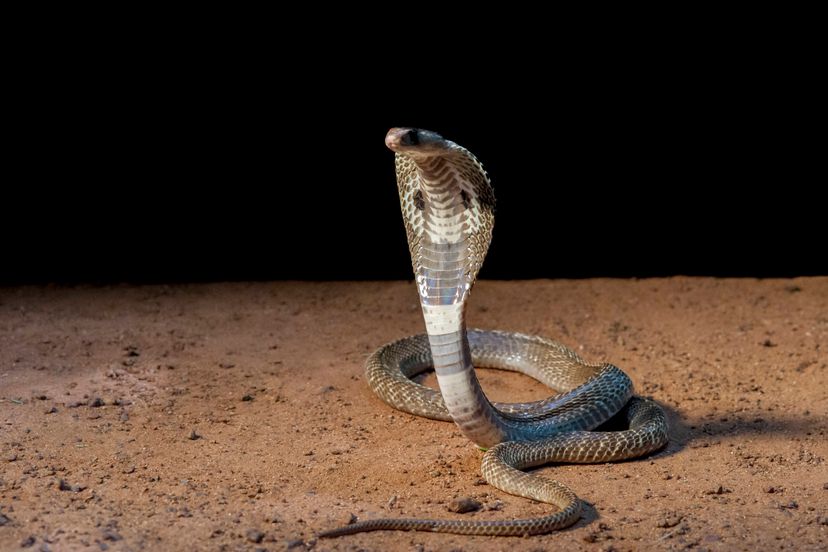
The most famous of India’s venomous snakes, the Cobra is part of a group of four different species of snakes known as the “Big Four”. This collection is responsible for the highest number of snakebites in the country. Interestingly, despite their venom, snake charmers often choose this breed to work with and the Indian Cobra is recognized as a powerful Hindu idol. The venom of this cobra can kill you in just under an hour, first paralyzing your muscles before leading to cardiac arrest or respiratory failure. Although dangerous, many people find these snakes beautiful and you can find them across India, Bangladesh, Sri Lanka, and Pakistan. If they aren’t in snake-charmers baskets, they can be found in jungles, plains, and urban cities, as they can adapt to pretty much any living environment, making them one of the most dangerous animals in the world.
Advertisement